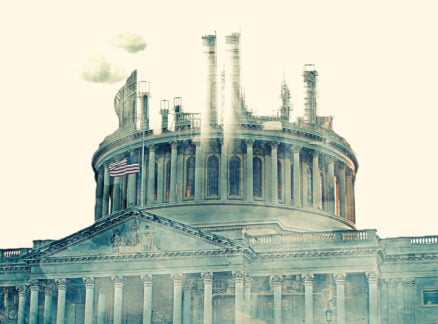January 1, 1970
In This Issue May 2020
On March 12, as many companies in the United States began to ask employees to stay home and work from there, production designer Marcus Gray LaPorte posted a tweet that went viral: Things Covid has proven: 1. The job you were told couldn’t be done remotely can be done remotely 2. Many disabled workers […]
On March 12, as many companies in the United States began to ask employees to stay home and work from there, production designer Marcus Gray LaPorte posted a tweet that went viral:
Things Covid has proven:
1. The job you were told couldn’t be done remotely can be done remotely
2. Many disabled workers could have been working from home, but corporations just didnt want them to.
3. Internet is a utility, not a luxury
4. Universal healthcare is necessary
— Marcus Gray LaPorte (@MarcusGrayDoor) March 12, 2020
Crises have a way of exposing the fissures in our world, and COVID-19 is no different. How can the marginalized not resent the fact that professionals—architects and designers among them—paid lip service to serious issues for years, but are now quick to change when their feet are held to the fire?
If this lesson hasn’t always been clear, then COVID-19 has driven it home the hard way: Exclusion breeds resentment, while inclusivity is an essential part of resilience.
The stories in this issue, gathered under the theme “A Time for Inclusion,” urge us to think beyond the concerns of clients, specific end users, and even governments—to imagine that every building, every structure, is made for every one of us.
July 26 will mark 30 years since President George H. W. Bush signed the Americans with Disabilities Act (ADA) into law, yet as design historian Bess Williamson writes, “when we hear the term ‘ADA compliant,’ we hardly think of great architecture.” In “Why Are There So Few Great Accessible Buildings?,” she points out that accessible spaces call for adaptability at the highest level. And that might be just what we need, especially in the current climate, as “designers are newly aware of uncertainty and the need to prepare for sudden changes of plans.”
Social and ecological resilience go hand in hand because they require similar attitudinal shifts in design. The work of Columbia University professor Mabel O. Wilson on race and architecture (“Mabel O. Wilson is Updating the Narrative of American Architecture to Include Black Architects”) and the writings of McGill University professor Kiel Moe on the geological underpinnings of design (“A Case for a Literal Architecture,” p. 104) force us to look past the ideals that our professions currently value, and ask what we must truly stand for in order to endure.
These values must then take root in the buildings that are meant to represent and serve us all—the structures that house our government. And luckily, as Matt Shaw reports in “Already Great?” (p. 92), mu- nicipal, county, and state agencies are prescient in this regard, by commissioning inclusive, innovative, and sustainable architecture. If our local governments can survive the COVID-19 crisis and prepare for even greater one that looms over humanity, then maybe there is indeed hope for us all.
Scroll through the slideshow below to see the latest TKTKTK from the May 2020 issue of Metropolis:





